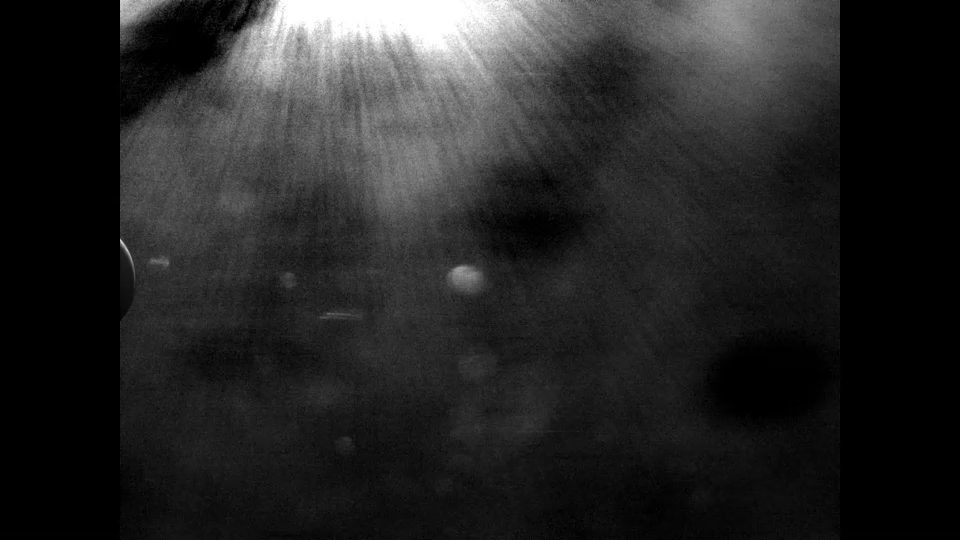After years of anticipation and hard work by NASA’s OSIRIS-REx (Origins, Spectral Interpretation, Resource Identification and Security – Regolith Explorer) team, a capsule of rocks and dust collected from asteroid Bennu returned to Earth on Sept. 24 in a targeted area of the Department of Defense’s Utah Test and Training Range near Salt Lake City.
A few hours before the landing, OSIRIS-REx took some of its final views of its own sample return capsule.
This image of the OSIRIS-REx sample return capsule still attached to the spacecraft’s instrument deck was captured by the spacecraft’s StowCam camera on Sept. 23 at 10:37:55 a.m. EDT (14:37:55 UTC), less than 24 hours before the capsule’s release. StowCam, a color imager, is one of three cameras comprising TAGCAMS (the Touch-and-Go Camera System), which is part of OSIRIS-REx’s guidance, navigation, and control system. TAGCAMS was designed, built, and tested by Malin Space Science Systems; Lockheed Martin integrated TAGCAMS to the OSIRIS-REx spacecraft and operates TAGCAMS. Credit: NASA/Goddard/University of Arizona/Lockheed Martin
This black-and-white sequence of OSIRIS-REx’s sample return capsule descent toward Earth comes from TAGCAMS’s NavCam 1 and was taken in the moments after the capsule’s release from the spacecraft on Sept. 24, 2023. The Sun is visible at the top of the frame, and a thin “crescent Earth” can be seen at the left edge of the image. OSIRIS-REx’s NavCams are used for optical navigation of the spacecraft. NavCam images tracked star-fields and landmarks on Bennu to determine the spacecraft’s position during mission operations. This sequence of images has been processed to remove most of the scattered sunlight, bring out more detail of the capsule and release debris cloud, and prevent the Earth crescent from saturating. Credit: NASA/Goddard/University of Arizona/Lockheed Martin
Charred from its journey through Earth’s atmosphere, the OSIRIS-REx sample return capsule is shown here shortly following its landing on Sept. 24 in Utah’s Great Salt Lake Desert. Shortly after this photo was taken, the capsule was transported to a temporary clean room at the Department of Defense’s Utah Test and Training Range, and then flown on Sept. 26 to Houston and transported to NASA’s Johnson Space Center there. Credit: NASA/Keegan Barber
Following a flight aboard a U.S. Air Force C-17 aircraft on Sept. 26, the OSIRIS-REx sample return capsule was taken into a customized clean room at NASA’s Johnson Space Center in Houston. Meanwhile, the OSIRIS-APEX spacecraft – on a new mission with a new name – is on a course toward asteroid Apophis, which it will reach in 2029.




